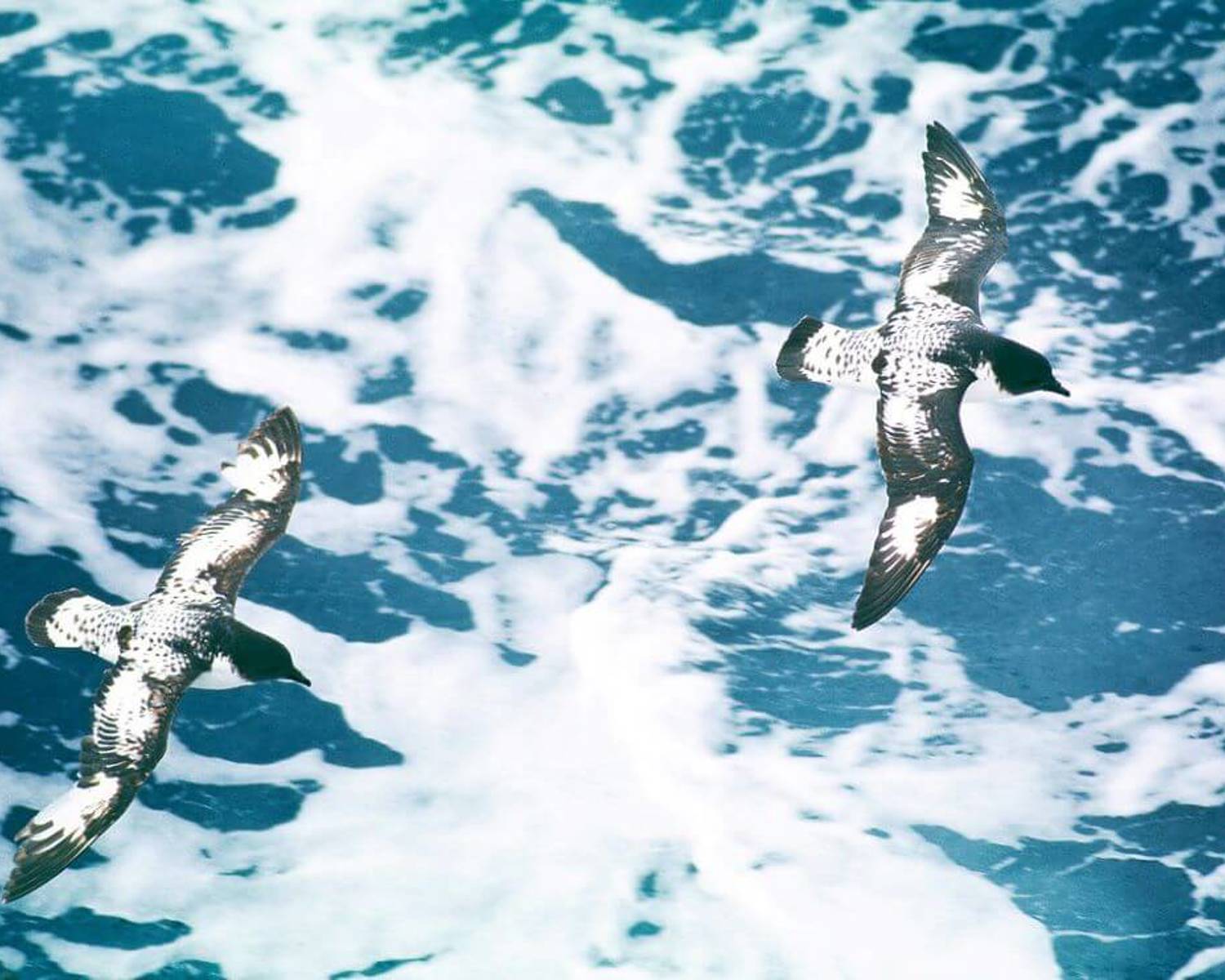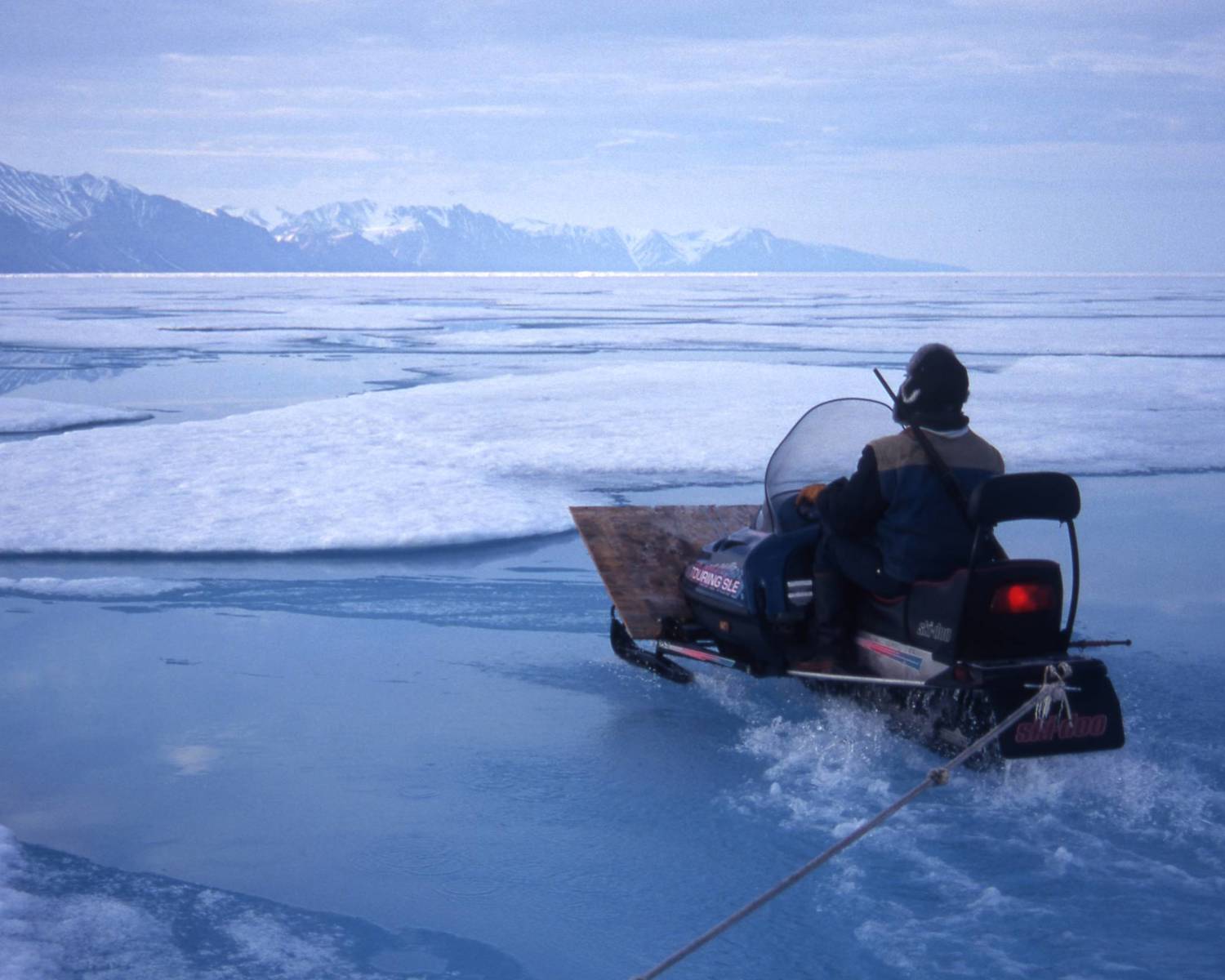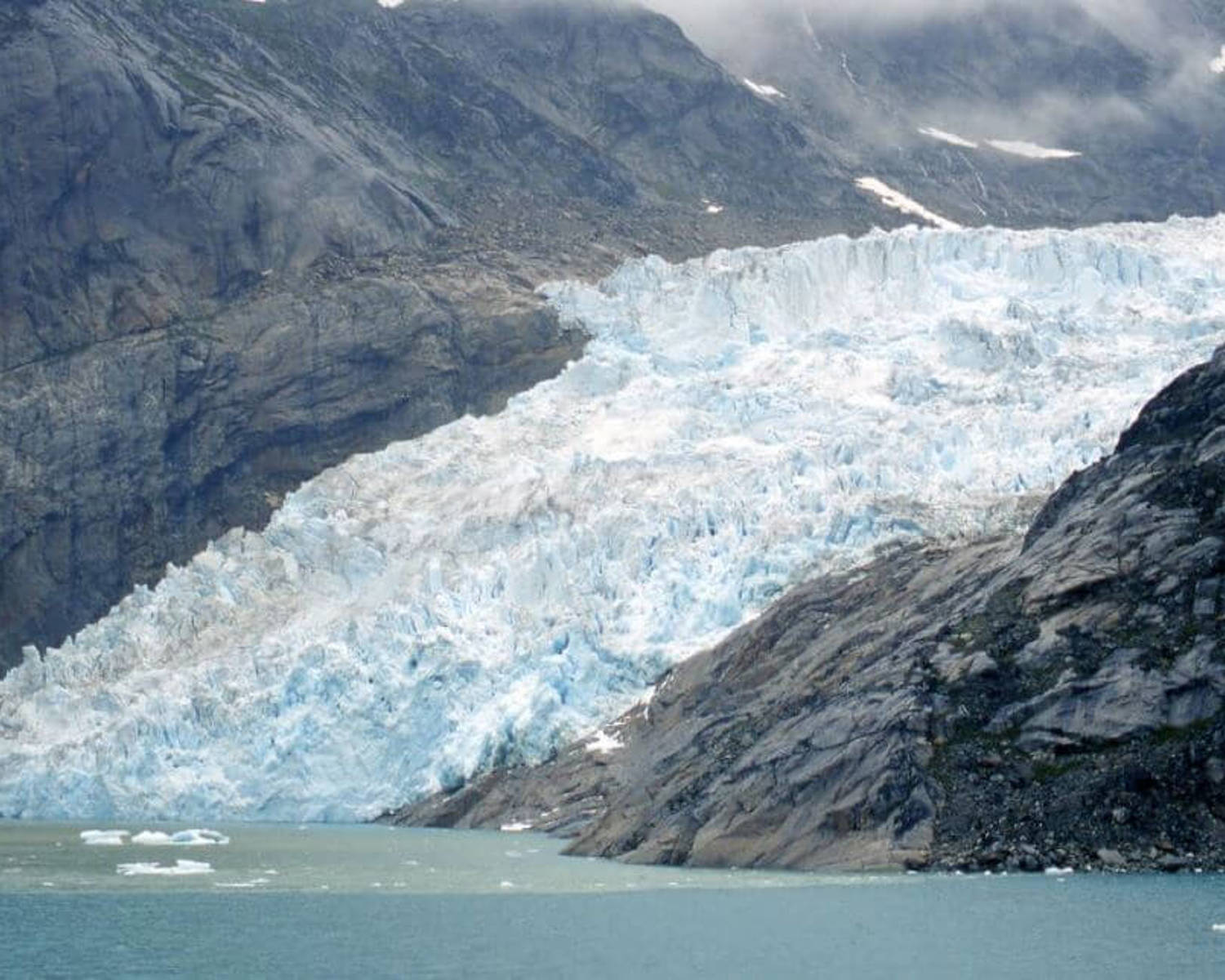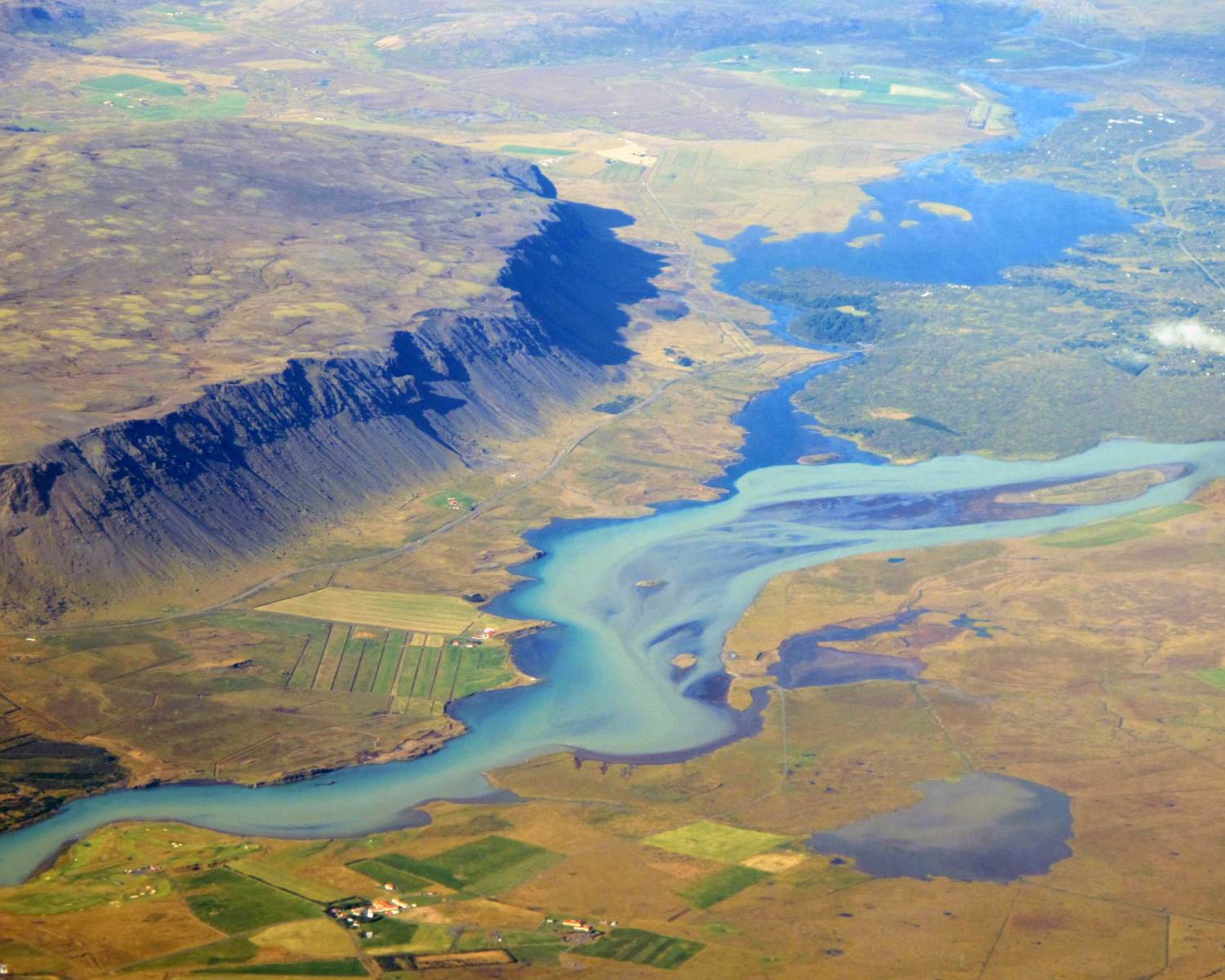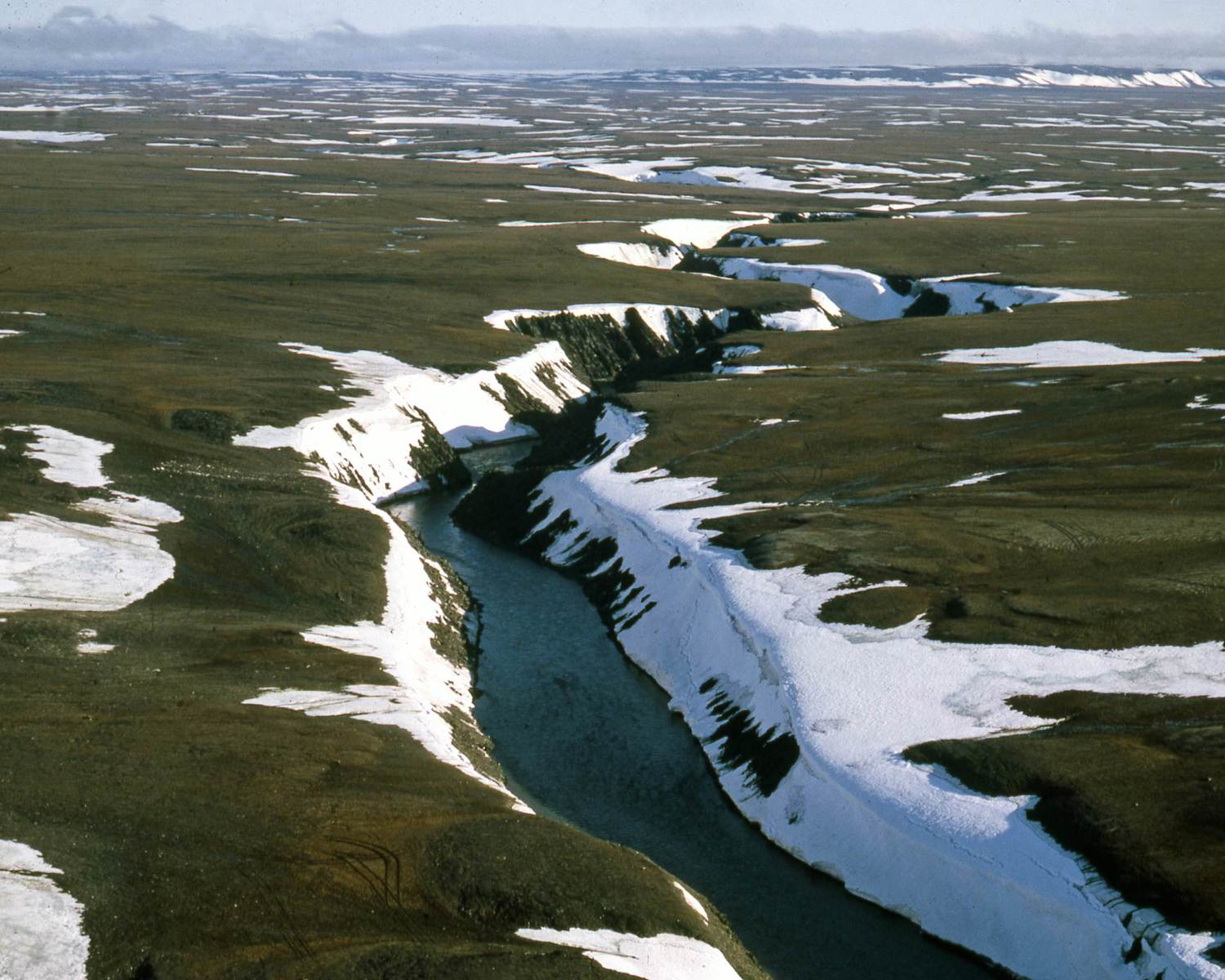Wildfire management
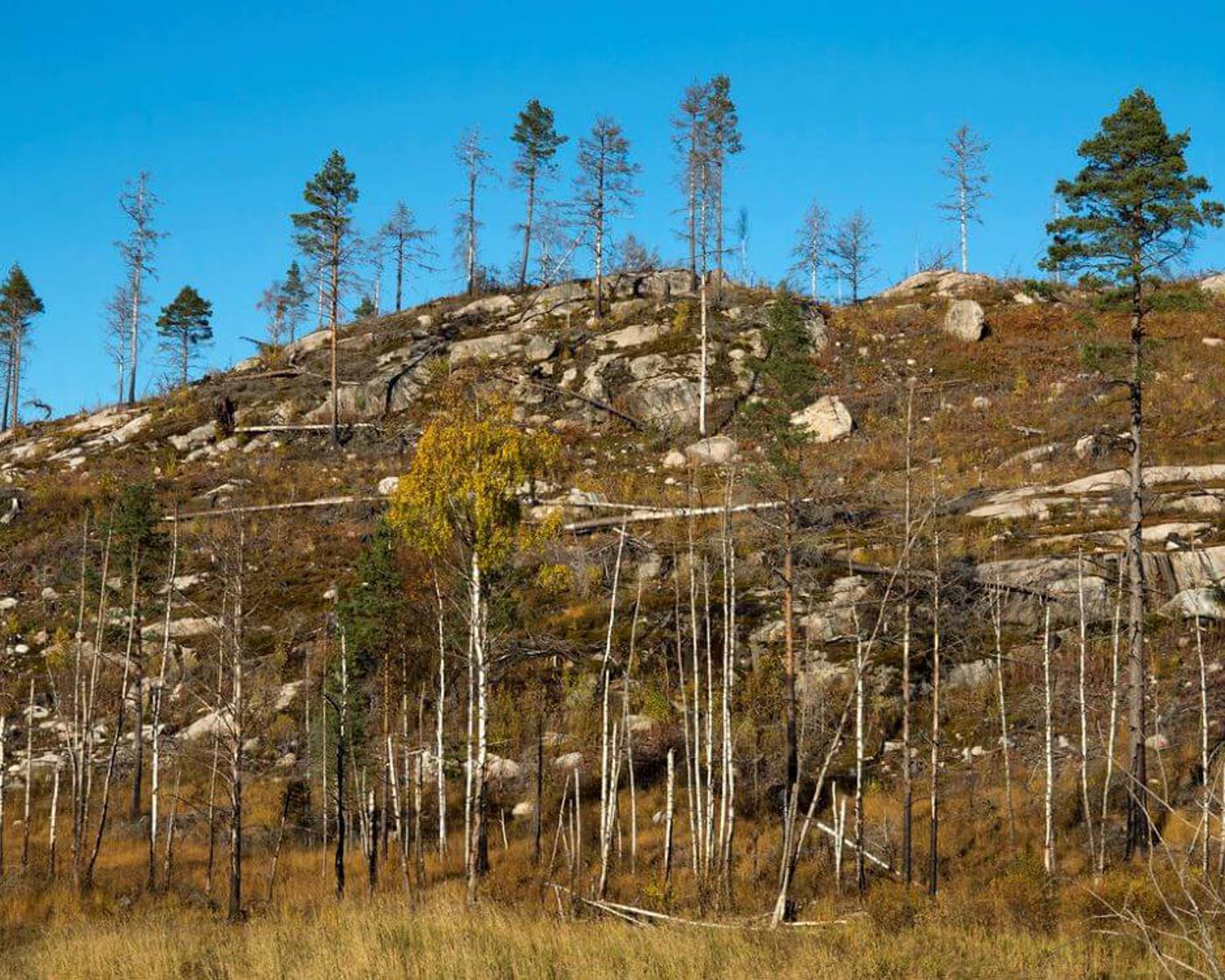
Fire is important to the healthy functioning of boreal ecosystems. However, as wildfires increase, they release greater amounts of GHGs into the atmosphere, contributing to climate change. While boreal fires typically contribute 10% of global CO2 emissions, in 2021, an extreme fire year, they accounted for 23% of global emissions (Zheng et al. 2023). Particulate matter in wildfire smoke (soot or black carbon, see also Black carbon mitigation) can also reduce albedo on sea ice and glaciers, enhancing ice melt (e.g., Aubry-Wake et al. 2022). Wildfires are projected to increase in both frequency and intensity over the coming decades (UNEP 2022). By 2050, wildfires in North American boreal forests alone could contribute close to 12 Gt CO2, almost 3% of the remaining global CO2 emissions to keep temperatures to below 1.5oC (Phillips et al. 2022a).
As stated, wildfires are a natural and necessary part of forest systems, and it is not desirable, let alone possible, to suppress or prevent all fires. There are however several different ways to mitigate the effect of radically changing forest fire regimes. Increased fire management through fire suppression, risk reduction, or preventative burning can help return fire regimes to historical levels (Elder et al. 2022; Phillips et al. 2022a). In a recently presented paper at the EGU 2023, Kelly et al moreover suggest that management during the first years after a fire are important too, as they found that 'similar magnitudes of carbon were emitted as CO2 in the first 4 years after the fire compared to the carbon emitted during the fire itself'. Although this will not be discussed in this section, it has also been found in model studies that SAI could reduce forest fire risk (see Tang et al. (2023) and Stratospheric aerosol injection).
Analysis overview

Technological Readiness Level (TRL)
High 3
Technological Readiness Level (TRL)
A technology with a TRL of 7-9: TRL 7 – prototype demonstrated; TRL 8 – system complete; TRL 9 – system proven

Scalability
Medium 2
Scalability
Physically somewhat scalable; linear efficiency

Timeliness for near-future effects
High 3
Timeliness for near-future effects
Implemented in time to make a significant difference

Northern + Arctic potential
High 3
The amount of GHG emissions from Boreal forests would be highlight dependant on the Earth’s warming trajectory, as Amiro et al (2009) show that in the case of Canadian boreal forest fires GHG emissions are 'estimated to increase from about 162 Tg·year–1 of CO2 equivalent in the 1×CO2 scenario to 313 Tg·year–1 of CO2 equivalent in the 3×CO2 scenario’.
However, significant emission increases and mitigation potential are to be expected. Phillips et al (2022) literature review reveals an expected increase in burned areas of ‘24 to 169% from 2020 to 2050 in Alaskan and 36 to 150% in Canadian boreal forests', and that this would lead to a release of 1.33 to 11.93 Gt of CO2, but that improved fire management could reduce this by '0.89 to 3.87 Gt of CO2 between 2021 and 2050.'
There will however be important regional differences in the importance of wildfire management strategies, as Högberg et al (2021) show that '[t]he area affected by fires was around 0.5 - 0.6 % per year in Alaska, Canada and Russia, which compares with around 0.01 % in the Nordic countries, a difference by a factor 50 - 60.'
Apart from the direct release of carbon due to combustion, fire management is especially important in the region to potential indirect effects. Black carbon emissions from forest fires could for example lead to decreases in albedo, and intensifying forest fires will also affect other GHG emitting processes in the region. Veraverbeke et al (2021) for instance emphasis the extra vulnerability of permafrost and peatlands under intensifying Arctic-Boreal fire regimes (see also peatland restoration and protection), whilst Ribeiro-Kumara et al (2020) highlight the complexity and potentially significant changes in soil GHG fluxes under changing boreal fire regimes.
Northern + Arctic potential
Very detectable impacts in the Arctic, above the global average; technology ideally/preferably located here

Global potential
Medium 2
Global potential
Statistically detectable impacts

Cost - benefit
Cost-effective 3
Cost - benefit
Low investment cost compared to the avoided damage cost (e.g., a few %) and/or inexpensive relative to other measures with similar impact

Environmental risks
Low risk 3
Environmental risks
Very limited, site-specific effects restricted to the solution deployment location only

Community impacts
Beneficial 3
Community impacts
Significant benefits to communities

Ease of reversibility
Easy 3
Ease of reversibility
Easily reversible naturally

Risk of termination shock
Low risk 3
Risk of termination shock
Low or insignificant termination shock or damage

Legality/governance
Possible 3
Legality/governance
Currently legal to deploy, with governance structures in place to facilitate it and/or financial incentives to develop it

Scientific/media attention
Medium 2
Scientific/media attention
Some attention within the scientific community, including published research and funding programmes; some media attention; some commercial interest
References
Amiro, B. D., Cantin, A., Flannigan, M. D., & De Groot, W. J. (2009). Future emissions from Canadian boreal forest fires. Canadian Journal of Forest Research, 39(2), 383-395. https://doi.org/10.1139/X08-154
Aubry-Wake, C., Bertoncini, A., & Pomeroy, J. W. (2022). Fire and ice: The impact of wildfire-affected albedo and irradiance on glacier melt. Earth's Future, 10, e2022EF002685. https://doi.org/10.1029/2022EF002685
Elder, M., Phillips, C.A., Potter, S., Frumhoff, P.C. and Rogers, B.M. 2022. The costs and benefits of fire management for carbon mitigation in Alaska through 2100. Environ. Res. Lett. 17(10): 105001. https://dx.doi.org/10.1088/1748-9326/ac8e85.
Hoffman, K. M., Davis, E. L., Wickham, S. B., Schang, K., Johnson, A., Larking, T., ... & Trant, A. J. (2021). Conservation of Earth’s biodiversity is embedded in Indigenous fire stewardship. Proceedings of the National Academy of Sciences, 118(32), e2105073118. https://doi.org/10.1073/pnas.2105073118
Högberg, P., Ceder, L. A., Astrup, R., Binkley, D., Dalsgaard, L., Egnell, G., ... & Kraxner, F. (2021). Sustainable boreal forest management challenges and opportunities for climate change mitigation. Report from an Insight Process conducted by a team appointed by the International Boreal Forest Research Association (IBFRA). Report 2021/11. Swedish Forest Agency. ISBN 978-91-986297-3-6 Available at: https://pure.iiasa.ac.at/id/eprint/17778/1/rapport-2021-11-sustainable-boreal-forest-management-challenges-and-opportunities-for-climate-change-mitigation-002.pdf [Accessed 19 July 2024]
Kelly, J., H. Doerr, S., D'Onofrio, C., Holst, T., Lehner, I., Lindroth, A., Santín, C., Soares, M., and Kljun, N. 2023. The two towers: CO2 fluxes after wildfire in managed Swedish boreal forest stands, EGU General Assembly 2023, Vienna, Austria, 24–28 Apr 2023, EGU23-12028, https://doi.org/10.5194/egusphere-egu23-12028
Phillips, C.A., Rogers, B.M., Elder, M., Cooperdock, S., Moubarak, M., Randerson, J.T. and Frumhoff, P.C. 2022a. Escalating carbon emissions from North American boreal forest wildfires and the climate mitigation potential of fire management. Science Advances. 17(8): eabl7161. https://doi.org/10.1126/sciadv.abl7161
Phillips, C.A., Rogers, B.M., Fletcher, M. and Frumhoff, P.C. 2022b. Limiting Carbon Emissions from Wildfires in North America’s Boreal Forests. Cambridge, MA: Union of Concerned Scientists. https://ucsusa.org/resources/carbon-emissions-boreal-forest-wildfires
Ribeiro-Kumara, C., Pumpanen, J., Heinonsalo, J., Metslaid, M., Orumaa, A., Jõgiste, K., ... & Köster, K. (2020). Long-term effects of forest fires on soil greenhouse gas emissions and extracellular enzyme activities in a hemiboreal forest. Science of the Total Environment, 718, 135291. https://doi.org/10.1016/j.scitotenv.2019.135291
United Nations Environment Programme (UNEP). 2022. Spreading like Wildfire – The Rising Threat of Extraordinary Landscape Fires. A UNEP Rapid Response Assessment. Nairobi. https://www.unep.org/resources/report/spreading-wildfire-rising-threat-extraordinary-landscape-fires
Veraverbeke, S., Delcourt, C. J., Kukavskaya, E., Mack, M., Walker, X., Hessilt, T., ... & Scholten, R. C. (2021). Direct and longer-term carbon emissions from arctic-boreal fires: A short review of recent advances. Current Opinion in Environmental Science & Health, 23, 100277. https://doi.org/10.1016/j.coesh.2021.100277
Zhao, B., Zhuang, Q., Shurpali, N. et al. North American boreal forests are a large carbon source due to wildfires from 1986 to 2016. Sci Rep 11, 7723 (2021). https://doi.org/10.1038/s41598-021-87343-3
B. Zheng, P. Ciais, F. Chevallier, E. Chuvieco, Y. Chen, H. Yang, Increasing forest fire emissions despite the decline in global burned area. Sci. Adv.7, eabh2646 (2021). https://doi.org/10.1126/sciadv.abh2646
Zheng, B., Ciais, P., Chevallier, F., Yang, H., Canadell, J., Chen, Y. et al. 2023. Record-high CO2 emissions from boreal fires in 2021. Science. 379(6635): 912-917. https://doi.org/10.1126/science.ade0805

